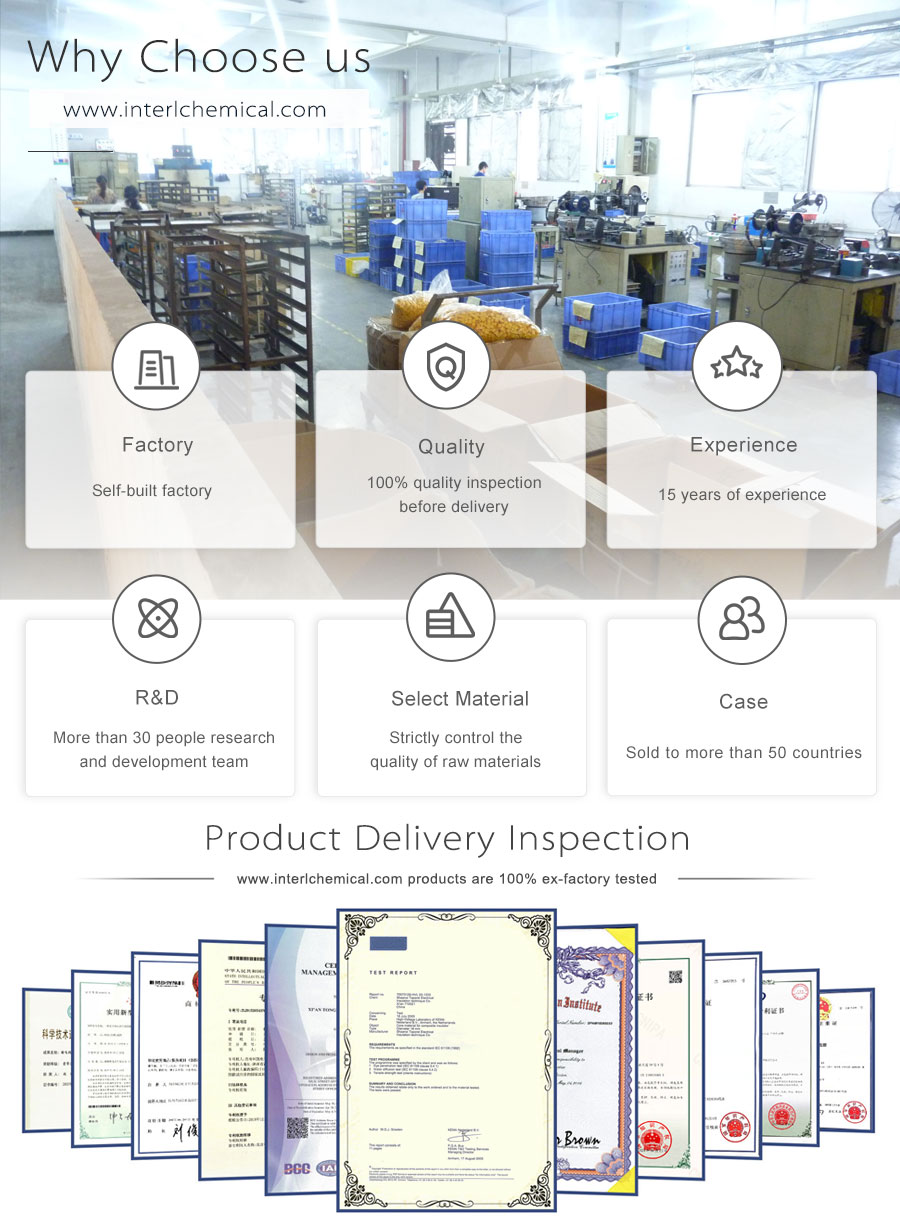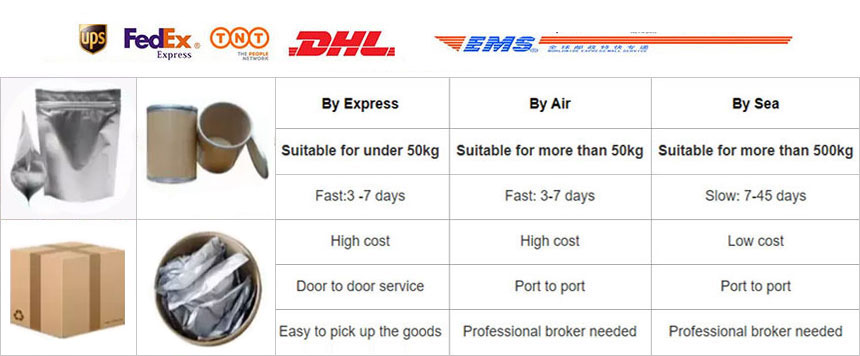Phone: 86-29-89601602
Mail: sales27@interlgroup.com
Add: Room 305 , 3/F , Haipai Decoration Office Building , Yudu Avenue , Yuncheng , Shanxi
Aspartame CAS 22839-47-0
Product Overview:
Aspartame Sweetener is a non-carbohydrate artificial sweetener, Aspartame Products molecular formula C14H18N2O5. Aspartame Products is a white crystalline powder at room temperature with the formula C14H18N2O5, and Aspartamel Suppliers also provides various food additives and industrial raw materials. Aspartame is widely used in beverages, diabetic foods and certain weight loss health food products, the formula of the cola we drink in our daily life used to contain this product.
Aspartame CAS 22839-47-0 Attributes
CAS: 22839-47-0
MF: C14H18N2O5

Specification: 99% min
Sample: Aspartame Powder
Brand: Global Chemical
Appearance: Powder
Storage: Cool Dry Place
Shelf Life: 2 Years
Test Method: HPLC
Aspartame CAS 22839-47-0 Details
Aspartame Usage and Synthesis:
Aspartame (C14H18N2O5, Mr=294.30), is a non-carbohydrate artificial sweetener. It is also known as Aspartame, APM, Canderel, etc. International Code:E951. melting point:248-250°C. Refractive index:14.5°. Aspartame was discovered by James M. Schlatter in 1965. Since aspartame is about 200 times sweeter than normal sugar Aspartame is also widely used as a substitute for cane sugar because it is 200 times sweeter than normal sugar and contains fewer calories than normal cane sugar. Because of its high sweetness and low calorie content, aspartame is mainly added to beverages, vitamins and gum. Aspartame is mainly used in beverages, vitamin tablets or chewing gum instead of sugar. Many diabetics and dieters use aspartame as a sugar substitute. However, it loses its sweetness due to its decomposition at high temperatures. Aspartame is not suitable for cooking and hot beverages.

Pharmacokinetics of Aspartame:
Aspartame is produced by the chemical or enzyme-catalyzed reaction of L-phenylalanine (or L-methylphenylalanine ester) with L-aspartic acid. The former produces the sweet α-aspartame and the unsweetened β-aspartame. The former produces sweet α-asparatan and non-sweet β-asparatan, which are separated from α-asparatan and β-asparatan and purified. The enzymatic process produces only α-asparatan. Aspartame is hydrolyzed at high temperature or high pH Aspartame is hydrolyzed at high temperatures or high pH and is therefore not suitable for foods that require high temperature baking, but is stable in beverages. Aspartame can be mixed with other more stable sweeteners Aspartame is used in combination with other more stable sweeteners, such as saccharin. Aspartame is rapidly metabolized in the body to aspartic acid, phenylalanine and methanol. Contact us for more.

Clinical Application of Aspartame:
It is a natural functional oligosaccharide, non-cariogenic, pure sweetness, low hygroscopicity and no stickiness. It does not cause significant increase of blood sugar and is suitable for diabetic patients. It can be used in pastry, cookie, bread, wine, ice cream, popsicle, beverage, candy, and the dosage is according to the normal production needs.

It was approved by the U.S. FDA in 1981 for use in dry sprinkled foods and in 1983 for soft drinks, and has been approved for use in more than 100 countries and regions around the world. It is 180 times sweeter than sucrose. The Advantages of aspartame are as follows:
(1) Clear safety, classified by the so-called UN Food Additives Committee as GRAS grade (Generally Recognized as Safe), the most thoroughly researched of all sugar substitutes for human safety. It has been successfully used for 19 years in more than 6,000 products in more than 100 countries around the world.
(2) The sweetness is pure, with a refreshing sweetness that is very similar to that of cane sugar, without bitter aftertaste or metallic taste, and it is the sweetener with the closest sweetness to cane sugar that has been successfully developed so far. As Aspartame is 180 times sweeter than cane sugar, and only a small amount is needed to achieve the desired sweetness in applications, so the use of aspartame as a sugar substitute in food and beverages can significantly reduce (2) The use of aspartame in foods and beverages can significantly reduce calories and does not cause dental caries.
(3) It has a synergistic effect when mixed with sucrose or other sweeteners, such as adding 2%~3% to saccharin, which can obviously cover up the bad taste of saccharin.
(4) mixed with flavor, has excellent synergistic effect, especially for acidic citrus, lemon, grapefruit, etc., can make the fragrance lasting, reduce the amount of aromatic agents.
(5) Protein composition, can be naturally absorbed and decomposed by the body.












